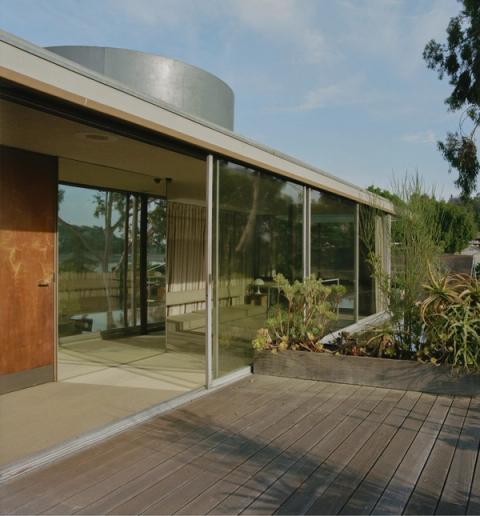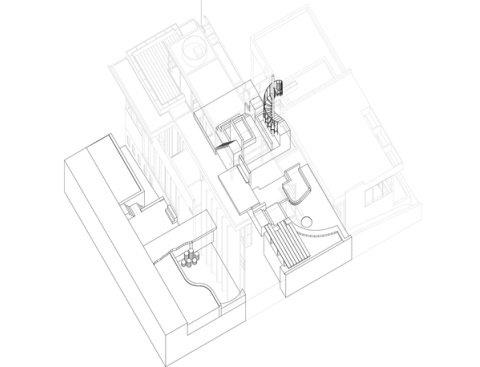Neutra VDL
Studio & Residences
Residence
- A.
- H.
Saturdays
11am-3pm
The Neutra VDL Studio and Residences is a National Historic Landmark committed to cultivating education, architecture, art, and culture that strengthen the facility’s mission as a community resource.
Furthering Richard Neutra and his wife Dione’s legacy, the VDL is a platform for the exchange and exploration of ideas in art and architecture.
The VDL is committed to uphold the values of equity, diversity, and inclusion to foster a barrier-free, respectful, and welcoming learning and working environment.
The VDL is under the stewardship of the College of Environmental Design (ENV) and Department of Architecture (CPP ARC) at Cal Poly Pomona.

Title Level 3, Penthouse
Photographer Elizabeth Carababas
Year 2021
The Neutra VDL Studio and Residences is a National Historic Landmark and house museum committed to cultivating education, architecture, art, and culture that strengthen the facility’s mission as a community resource.
Neutra VDL Studio & Residences
2300 Silver Lake Boulevard,
Los Angeles, CA 90039
11:00am–3:00pm Saturday
In Los Angeles (1932) with a no-interest loan from Dutch philanthropist Dr CH Van Der Leeuw, Viennese-American architect Richard Neutra built a radical “glass house” with rooftop and balcony gardens on Silver Lake Boulevard. He called it the VDL Research house, after his benefactor. It was designed to accommodate his office and two families on a small 60 x 70 foot lot.
Seven years later, as his family expanded, he built a garden house on the back of the lot. This compact wing had walls that slid open onto a pocket garden to be shared by the addition and main house. In 1963 after a disastrous fire, that left unscathed only the 1940 Garden house and basement of the original wing, Richard and his son and partner Dion Neutra had a chance to redesign the main house. Two floors and a penthouse solarium were built on the original prefabricated basement structure. They applied what the practice had learned in the interim about sun louvers, water roofs, “nature-near”, and physiologically motivated design.
Read More in Explore...





